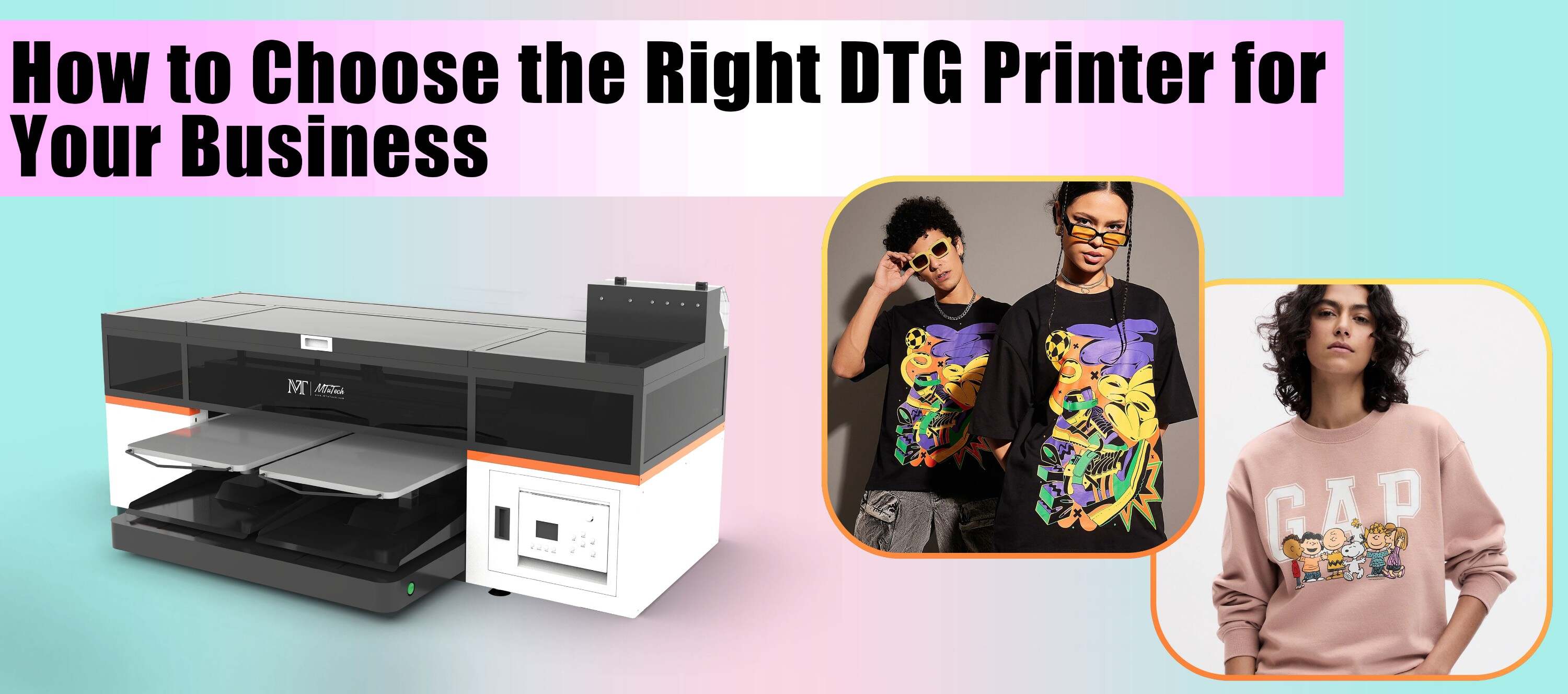
Direct-to-Garment (DTG) printing has been quickly gaining popularity in recent years. This digital method of printing designs onto fabrics allows for high-quality, long-lasting results, making them perfect for a host of applications, including promotional products, custom t-shirts, and more. Both tourist shops and local gift stores can benefit significantly from adopting this modern printing method. In this blog, we will delve into the world of DTG printing, focusing on its perks for these two industries in particular.
Introduction to DTG Printing
Before we proceed to the benefits, let's first understand the concept of DTG printing. In essence, Direct-to-Garment printing is a process where a specialized inkjet printer sprays ink directly onto the fabric of the garment, creating high-resolution, detailed images. Unlike traditional printing methods that rely on templates or screens, DTG printing translates designs from a digital file straight onto the garment. This method can recreate intricate designs in full color, making it ideal for custom-made items or one-off designs.
Benefits of DTG Printing for Tourist Shops & Local Gift Stores
Use of DTG printers proves beneficial for tourist shops and local gift stores in numerous ways. Here's a look at some top advantages.
Simplicity and Ease of Use
Compared to traditional screen-printing methodologies, DTG printing is significantly simpler. There are fewer steps involved, and the turnaround time is much less, which means you can print and sell products quickly.
Detail and Precision
The precise nature of DTG printers allows them to reproduce intricate designs with high fidelity. For tourist shops selling items that showcase local landmarks or cultural elements in detail, a high-quality DTG printer can do justice to these complex designs.
Sustainability
DTG printing tends to generate less waste compared to other modes of garment printing, making it an environmentally friendly option. For local stores aiming to maintain sustainability in their operations, integrating DTG printing can be a big step in the right direction.
Variety and Customization
Typically, local gift stores and tourist shops offer a variety of products to cater to the diverse tastes of customers. Because DTG printers don't require a minimum order quantity, these businesses can offer a wider range of designs without the need for vast inventory space. This method also allows for customization, which can add to the attractiveness of products for tourists and locals alike.
Given all these enticing benefits, you might be considering incorporating this technology into your retail business, and for that, reliable, high-quality DTG printing equipment is a fundamental requirement. Explore our high-quality DTG printers here, which are specifically designed to cater to your varied needs.
Conclusion
The potential of DTG printing for tourist shops and local gift stores is immense. The flexibility, precision, and simplicity it provides are unrivaled, making it an essential tool for modern businesses. It can cater to unique customer demands, give businesses an edge in the highly competitive retail market, and allow for creative expressions that truly capture the spirit of a location.
FAQ Section
How durable are DTG printed garments?
When properly cared for, DTG printed textiles can last for many years. The ink is water-based, which penetrates deep into the fabric, and thus, it doesn't easily fade, peel, or crack compared to other printing methods.
Are DTG printers easy to maintain?
Yes. DTG printers require minimal maintenance compared to traditional methods. They are designed for ease of use, simplicity, and dependability, making the process much less labor-intensive.
Can DTG print on any fabric?
DTG printing works best on 100% cotton, but it can print on other fabrics like blends and synthetics, too. However, the print quality may not be as vibrant as when using 100% cotton.
Can you print on dark fabric with DTG?
Yes, you can print on both light and dark fabrics with DTG. For printing on dark fabrics, the process includes an additional step where a white ink underbase is printed first to ensure that colors pop.
